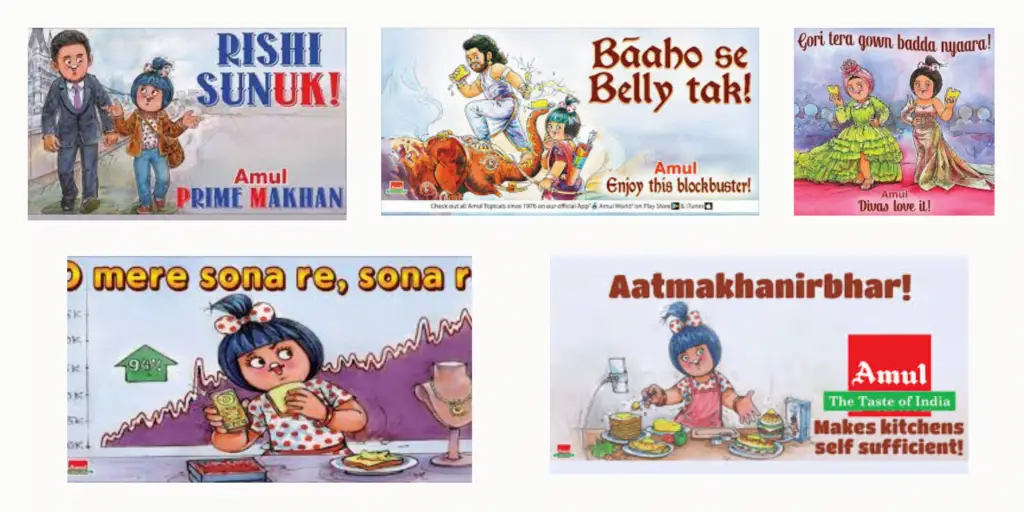Unveiling the Mystery Behind India’s Beloved Amul Girl: From Butter to Brilliance!”
In the bustling landscape of Indian advertising, few icons have captured the hearts of millions quite like the Amul Girl. With her bright eyes, chubby cheeks, and a mischievous grin, she has become an integral part of Indian pop culture, transcending generations and boundaries. But behind her whimsical charm lies a story deeply rooted in the ethos of India’s dairy industry and the creative brilliance of one man.
The journey of the Amul Girl began in the 1960s, when the Gujarat Cooperative Milk Marketing Federation Ltd. (GCMMF) was in search of a mascot for its flagship brand, Amul. This was a time when India was undergoing significant socio-economic changes, and the cooperative dairy movement led by the likes of Dr. Verghese Kurien was transforming the rural landscape. The aim was to promote Amul’s dairy products in a market dominated by international brands.

It was against this backdrop that Sylvester daCunha, the man behind the iconic “utterly butterly delicious” tagline, conceptualized the idea of the Amul Girl. Inspired by the irreverent humor of British advertising, daCunha envisioned a character that could connect with the Indian masses while delivering subtle social commentary.
The first advertisement featuring the Amul Girl made its appearance in 1966. Clad in a polka-dotted dress and a matching bow, she was depicted commenting on current affairs with wit and charm, often accompanied by the iconic tagline strategically placed on a hoarding. This unique approach not only caught the attention of consumers but also set the stage for a revolutionary advertising campaign.
What sets the Amul Girl apart is her ability to stay relevant across decades. From political controversies to cultural milestones, she has never shied away from expressing her opinions in a manner that is both humorous and thought-provoking. Whether it's commenting on cricket matches, Bollywood releases, or national policies, the Amul Girl has her finger on the pulse of the nation.
One of the key reasons behind the Amul Girl’s enduring popularity is her adaptability. As Indian society evolved, so did she. From traditional attire to modern trends, her wardrobe changes reflected the changing times, making her a timeless symbol of Indian culture. Moreover, her witty one-liners captured the essence of each situation, resonating with audiences of all ages.

Over the years, the Amul Girl has become more than just a mascot; she is a cultural icon. Her presence extends beyond billboards and advertisements, finding a place in cartoons, merchandise, and even academic research. Scholars have analyzed her impact on Indian society, recognizing her role in shaping public opinion and challenging societal norms.
Despite her widespread acclaim, the identity of the Amul Girl has remained a closely guarded secret. While several artists have contributed to her creation over the years, the anonymity surrounding her persona adds to her mystique, allowing people to focus on her message rather than her creator.
As we look back on the journey of the Amul Girl, it’s clear that she embodies the spirit of India—vibrant, dynamic, and unapologetically outspoken. Her journey from a humble advertising mascot to a cultural phenomenon is a testament to the power of creativity and innovation in capturing the imagination of the masses.
In conclusion, the story behind the Amul Girl is not just about advertising; it’s a reflection of the changing landscape of Indian society. Through her witty charm and timeless appeal, she has transcended boundaries, becoming a beloved symbol of Indian culture and identity. And as long as there are stories to tell and butter to sell, the Amul Girl will continue to reign supreme, captivating audiences with her unparalleled charisma and wit.
